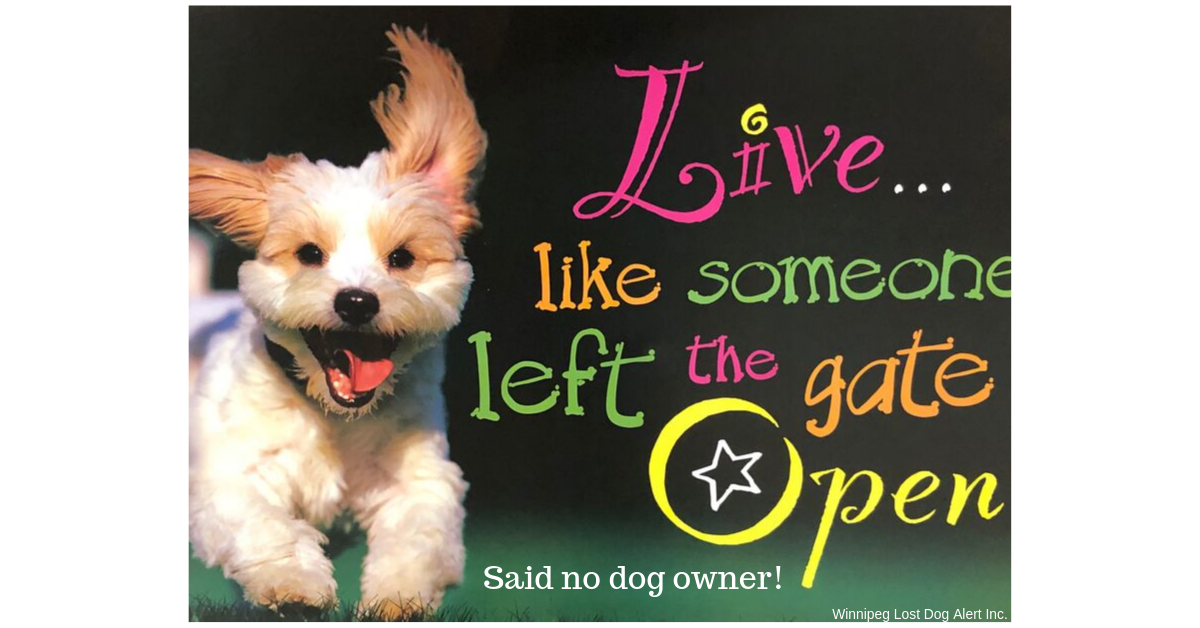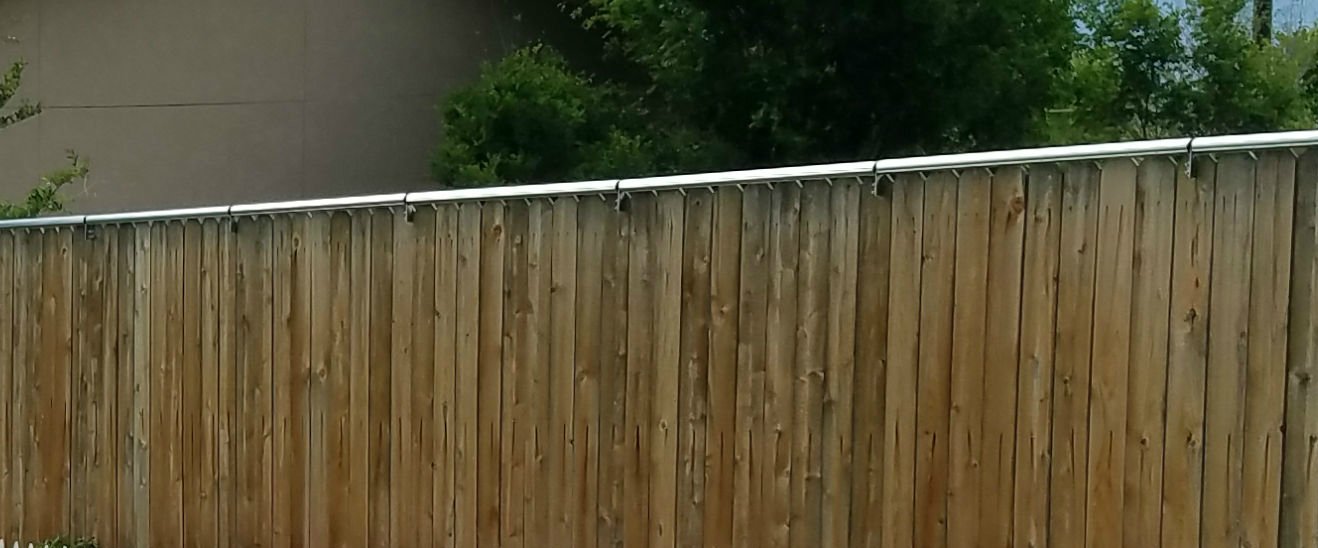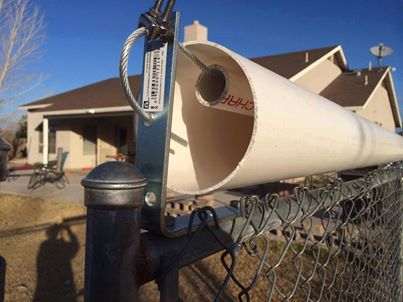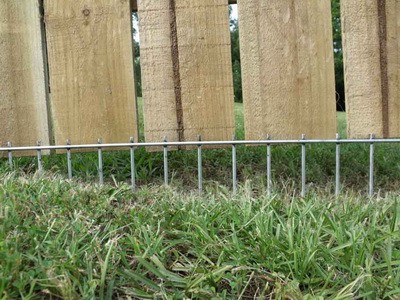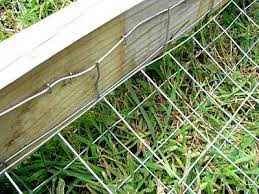Our admins constantly hear that a dog went missing because the gate was open.
It could have been left open by a family member, or a service person, or simply because of the wind.
It is your responsibility to take a moment and check and make sure the gates are closed. That one moment will save you precious minutes, hours, days or months if your dog goes missing.
Please, please, please! Before you let your dog out, please make sure they are wearing their ID.
Here you will find tips to keep your yard secure so your dog can not escape.

For lots of dog owners, a nice fenced backyard where your pup can roam, sniff out interesting things, and snooze in the shade is a must. It’s perfect — except when your dog believes the grass is greener elsewhere, and they become a master escape artist. One minute you see them from the kitchen window, the next, they’re gone.
Along with worrying about their safety, it’s frustrating to know you can’t trust your dog even in your own backyard. Don’t despair; there are some relatively simple things you can do to keep your canine from escaping the yard.
How (and Why) Your Dog Is Making a Run for It
Your dog may decide to roam because they’re lonely out there. As nice as it is to have all that open space, they may prefer your company, or may just be looking for a friend. A territorial dog may see something outside their boundary that they think threatens the home, so they need to get out there and ward it off.
Maybe they’ve found “treasure” on the other side: a new friend to play with, food, an enticing stream of water, or a big field to run in. And, of course, there are the prey-driven hunters. A mere fence won’t keep them from chasing a squirrel or rabbit that just ran through the yard. They may just be a puppy or an adolescent who requires more outlets for his incredible energy.
Different dogs have different ways to escape. Some are jumpers; they take a running start from the ground and over they go. Some use whatever is near the fence to climb up, and then over they go. Other dogs are diggers, burrowing tirelessly on their way to freedom. Then there are the chewers who can make a hole in the fence large enough to slip through. The deep thinkers may figure out how to actually open a gate. Some dogs rush the gate whenever it is opened and dash out before you can catch them. Especially determined dogs will use a combination of these techniques.
Although it may sound counterproductive, you should take your dog for a walk every day, even if you have a nice fenced-in yard. The great physical and mental exercise that comes with a walk may help your dog use up some of their energy and keep them from being bored when out in the yard.
Creative Ways to Keep Your Dog in the Yard
For jumpers and climbers:
- Extend your fence. You don’t necessarily have to make it higher, but adding a section to the top that tilts inward will deter your dog. A lean-in or L-footer will do the trick. You make a lean-in by taking some farm wire and attaching it to the top of your fence so that it creates a sort of awning on the inside. Your dog will see fencing above them and that should deter any climbing. An L-footer extends horizontally from the top of the fence and also creates an awning-type deterrent.
- Remove climbing aids. Walk around the yard and take note of anything close enough to the fence that can be used to climb on, such as woodpiles, garbage cans, playground equipment, benches, chairs, or boulders.
- Buy a coyote roller. These are long, metal bars that can be attached to the fence to prevent your dog from getting the foothold he needs to get over. When an animal tries to use it to gain footing, it rolls like a rolling pin. Designed to keep coyotes out, they’re equally effective for keeping a beloved pet in. They do require mounting brackets and end caps, but you can do this yourself.
- Add landscaping. Plant a hedge of dense shrubs along the inside of the fence line. Not only does this make for a more difficult jump, but it also looks great, too.
For diggers:
- Attach an L-footer along the bottom of the fence, facing in. You can use chicken wire, hardware cloth, or a piece of chain-link fence attached to the base of the fence. Some people bury it for aesthetic reasons. But you can also lay it on top of the grass and hold it down with rocks, gravel, mulch, or even planters.
- Pour a concrete footer. This will stop even the most determined digger. Pour concrete along the perimeter of the fence and bury the bottom of the fence into the mixture.
For border patrollers:
- Block the view. For a watchdog, guard dog, or any dog that patrols their territory, it’s often the sight of “danger” that propels them out of the yard. If you have a chain-link fence, run plastic slats through it. With any type of fence, rolls of bamboo or reed fencing are a relatively inexpensive alternative. Just use zip ties to attach it to your existing fence. It blocks the view and doesn’t look half-bad. While this takes longer to be effective, you can also plant climbing shrubs or vines along the fence, though you’ll have to protect them from the dog until they’re established.
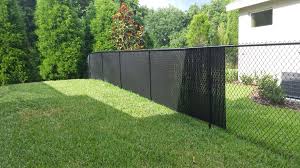
More Tips for Keeping Your Dog From Escaping the Yard
No matter how your dog escapes the yard, there are several other measures you can take to ensure their safety.
-
- Install an airlock or double gate. Take a few lengths of fence and another gate and create a small, enclosed area inside or outside the fence. When someone wants to get in or out, he or she will have to go through one gate, close it, and then open the second gate.
- Get your dog a Puppy Bumper. This is a collar stuffed with fiberfill that’s meant to keep puppies and small dogs from slipping through small openings.
- Make sure all the latches on gates and fences are secure. If you have a gate that blows open or a latch that doesn’t stay shut, add a lock or hook-and-eye closure.
- Make the yard their happy place. The backyard shouldn’t be a prison; it should be a haven, shelter, and playground. Make sure they have plenty of fresh water and some shade. For fun, bring out a treat-dispensing toy. Rotate your dog’s toys to keep them interested.
- Don’t leave dogs alone out there for long periods of time or any time when you can’t supervise. The very best way to keep them in the yard is to be there with them. Play fetch, brush them, use it as training time, or just hang out. Your pup will be less interested in leaving if their best friend is there, too!
- Keep your dog safe inside when you’re away from home, so they won’t escape to go looking for you or get taken out by someone else.
- Equip your pup with a GPS tracking collar.
- Self-closing gates can be handy and easy to install. They are nice to have and will help to keep your gate closed but it is still best to check it before you let your dog out. Never rely on anything but yourself.

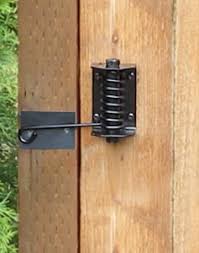
If your dog does escape from the yard, it’s important to remember that you should not punish them when you find them, or when they return. This will not eliminate the desire to escape, and it may make them afraid to return to the yard.
Lastly, contingency measures like them wearing their ID will make it much more likely that if your runaway pup does escape, he is found safe and sound as soon as possible after the fact. You can’t put a price on peace of mind, so prepare now before your pup’s next attempted escape. Not only should they be wearing their ID, they should also be tattooed and microchipped.
If you lost a dog submit a form here.
